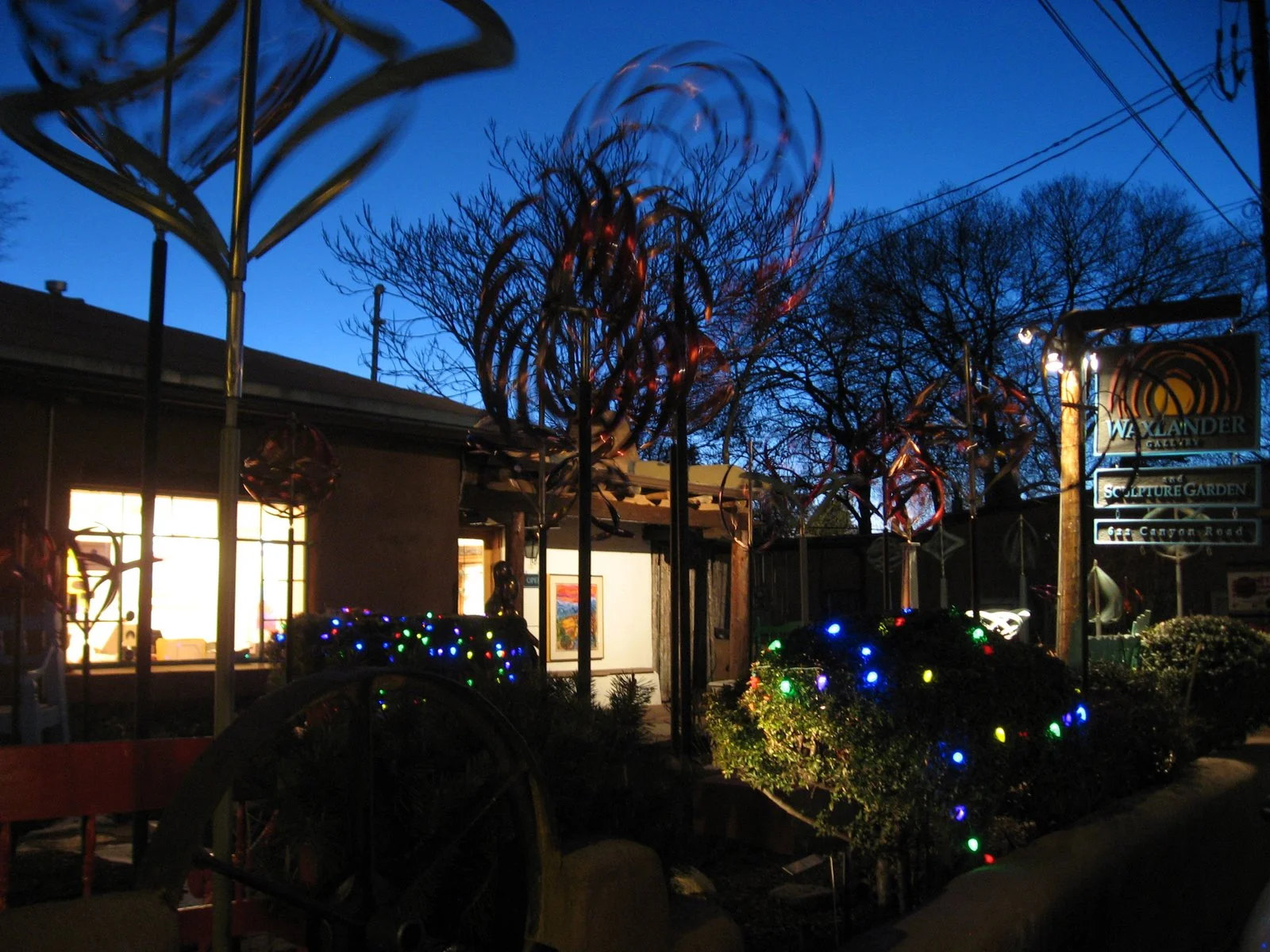Germany's Lost Art
After learning in design history class about the Neue Nationalgalerie, designed by Mies van der Rohe, I knew I must pay a visit. The building is truly stunning, with the entire ground floor an open space (on this visit it was taken up by an installation of Rudolf Stingel, consisting of a grey-tone carpet and chandelier). You must go downstairs to see the exhibits.
I'd read in the news before about Jewish families seeking the return of artwork seized by Nazis. I didn't know, until visiting the Neue Nationalgalerie that Germany's museums also lost many artworks. Many significant pieces were rounded up by the Nazis and shown in a "Degenerate Art" exhibit in 1937, after which they were sold, with the money going to fund the upcoming war.
The Neue Nationalgalerie decided to put up black-and-white images in their place, to show visitors what had originally been in the collection. This was a poignant gesture for me, especially when I saw that Max Beckmann's self-portrait was one of these paintings (it's in the picture below). That's because Max Beckmann's self-portrait is now in the Busch-Reisinger Museum at Harvard, and is one of the works there that I remember well. The Harvard Art Museums hold regular formal balls (as fundraisers). One year it was a masquerade ball around Halloween, with prizes for those who were dressed in a way that was most creatively inspired by a work of art in the museums. The director of the museum specifically said that Max Beckmann's self-portrait was off-limits, because of course it is so easy to be "inspired" by him for a formal ball!





